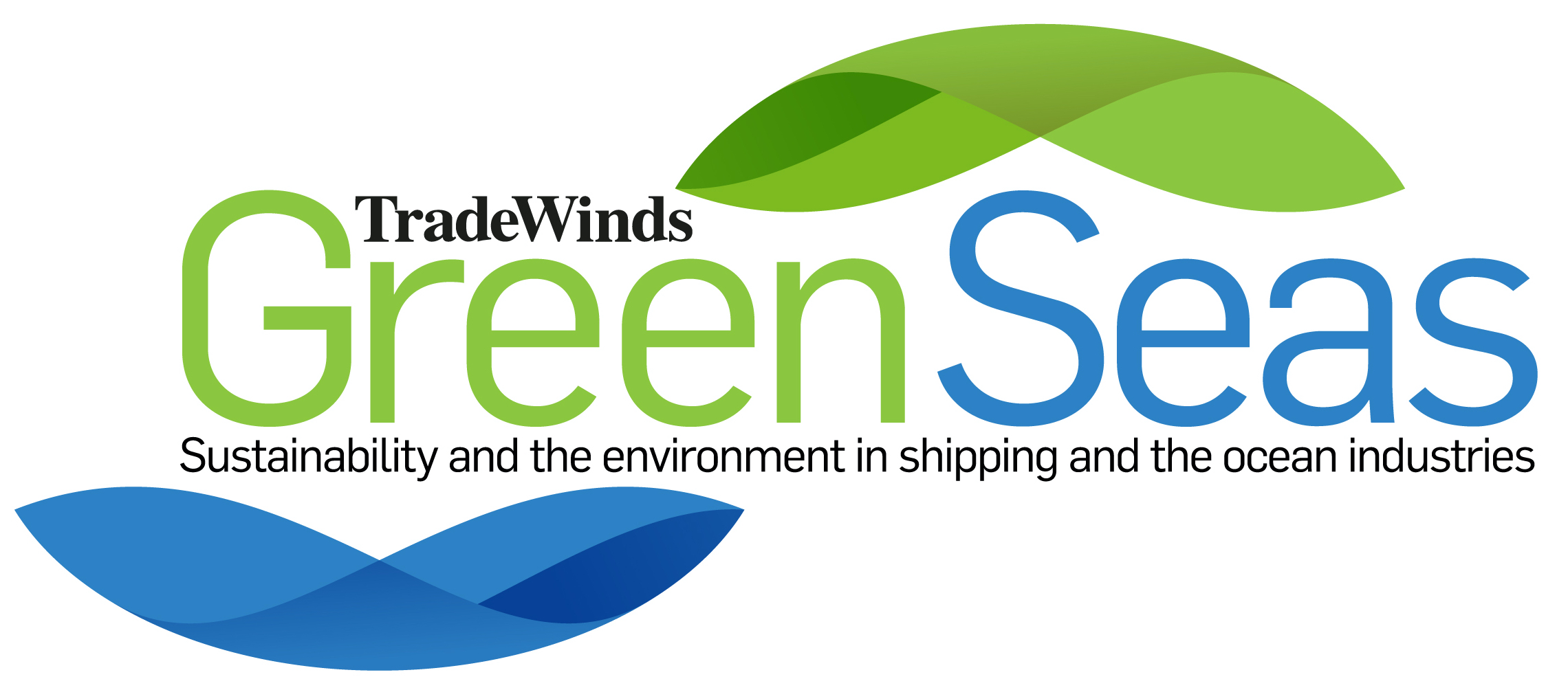Danish family-owned Bunker Holding Group has just chartered in its first LNG bunker vessel. It will likely soon have several more, and other vessels needed to bunker incoming alternative fuels, as the company ramps up new offerings.
Two years ago Bunker Holding, controlled by conglomerate USTC Group, employed then-Shell lifer Valerie Ahrens to set up a new fuels division.
Today, Ahrens said the alternative drop-in is biofuels, for which sales have been doubling each quarter with the emergence of tougher regulations such as Europe’s FuelEU Maritime.
In October, Bunker Holding unveiled details of its key move into LNG under new brand entity Bunker One LNG.
It is headed by ex-Hapag-Lloyd green fuels director Michael Behmerburg, which has chartered its first LNG bunker vessel — Anthony Veder’s 10,000-cbm Coral Fraseri (built 2010).
Ahrens, senior director for new fuels and carbon markets, said Bunker Holding is working with customers to source business for the LNGBV, which will likely be based in north-west Europe from the end of the year.
But she said that as demand for alternative fuels increases, Bunker Holding will likely need between five and seven LNGBVs if the company wants to keep the market share it has on conventional fuels.
Bunker Holding, which trades and works with physical products, supplies about 25 mtpa of bunkers — the bulk of it very low-sulphur fuel oil — to 4,500 customers in 1,591 ports, making it one of the largest suppliers globally.
Ahrens said today the marine bunker market is about 250 mtpa to 300 mtpa of VLSFO equivalent.
By 2030, due to the incoming FuelEU Maritime and International Maritime Organization regulations, Bunker Holding expects LNG will account for 20 mpta to 25 mtpa of VLSFO and biofuels and about 14 mtpa VLSFO equivalent — the latter largely as a drop-in fuel.
Swim lanes
Ahrens sees this multi-fuel future like “swim lanes” where existing ships can only blend with biofuels, LNG dual-fuelled ships will use the fossil fuel and later blend this with bio-LNG and e-LNG before the arrival of e-methanol and e-ammonia.
So the company would still hope to control 25 mtpa for the bunker market, but this will be made up of different fuels.
Ahrens said Bunker Holding is “technology agnostic”.
“We want to supply every fuel that our customers want,” she said.
“We listen to them to make sure we build the supply chain that they need. I think this is where we can make a difference.”
Ahrens gives the example of a cruiseship company that wanted to use biofuel but with no product in the area.
Bunker Holding built out a supply chain for that customer — finding the producer and the supply vessel.
“That is not something an oil major easily does,” she said.
To cover the new fuels, Ahrens has built up a team of nine core experts who then trained what the company dubs a group of about 40 “mandated traders” to be able to sell these new fuels.
Going deep
Ahrens said there are now 50 in the company who can “go deep” on these fuels and advise on the use of one product over another.
She said Bunker Holding has gone on to train its whole staff of 400 in biofuels and LNG. The company will move on to methanol and ammonia as these emerge.
Working through partners, the company has supplied LNG to customers in Malaysia, north-west Europe and the Mediterranean and will have its first LNGBV delivering shortly.
Bunker Holding is already participating in tenders to supply methanol, Ahrens revealed, has access to the 3,569-dwt supply vessel Nore (built 2007) and is among those bidding for a licence to supply green methanol in Singapore.
The company is working with partners such as Yara on ammonia and is participating in safety studies for the incoming fuel’s bunkering guidelines.
But Ahrens said there will only be demand for the methanol from 2027 onwards.
“It’s a huge task. It’s an investment,” she said. “When you have this volume if you are not the leader and not the one pushing, then who else is going to do it.”
Passionate about green
Ahrens praised Bunker Holding’s owners as “agile” and said because they “believe in green” it makes things much easier.
Before joining the company, she worked with Shell for 30 years, moving through multiple roles. Her career included eight years in shipping where she worked on Project Silver — the major’s move for 50 MR product tanker newbuildings.
Ahrens, who is French and trained as an engineer, admitted she had got the shipping bug.
But she also has something else. “I am really passionate about green,” she said, using the French word “sobriete”, which can mean making moves towards ecological sufficiency by reducing society’s demands on the environment.
“In 2050, when the world is carbon neutral or at net zero, I want to be able to tell my grandchildren — I was part of it.”








